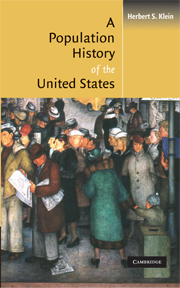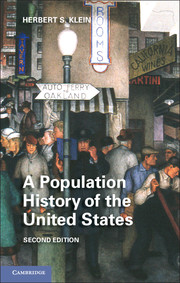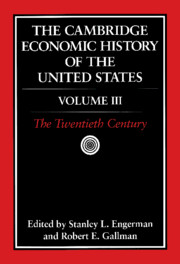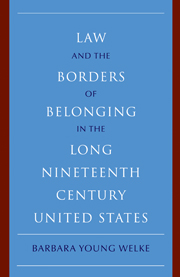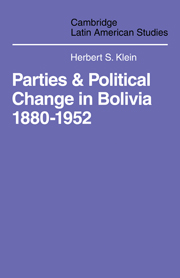A Population History of the United States
A Population History of the United States is the first full-scale one volume survey of the demographic history of this country. It starts with the arrival of humans in the Western Hemisphere and ends with the current century. The basic trends in the growth of the national population are analyzed over centuries, including the changing nature of births, deaths, and migration of this population and the various factors which influenced these basic trends. The origin and distribution of pre-European American Indians is outlined, and the free and servile nature of European and African immigration is explained. Regional patterns of marriage and fertility and disease and morality in the pre-1800 European and African population are examined and compared with contemporary European developments. The decline of fertility and the rising rates of mortality are surveyed in the 19th century along with the mobility of population across the continent and into the cities. The decline of disease and mortality in the 20th century is explained and the late 20th century changes in family structure and fertility detailed. The rise of suburbs and the creation of inner city ghettos form a vital part of recent trends as do the return of new waves of foreign immigrants in the face of declining native births.
Herbert S. Klein is Gouverneur Morris Professor of History at Columbia University and Research Fellow at the Hoover Institution, Stanford University and has recently written A Concise History of Bolivia (Cambridge, 2002) and co-authored Slave and Economy in Sao Paolo, Brazil, 1750-1850 (Stanford, 2002). He is also the author of The Atlantic Slave Trade (Cambridge, 1999) and Haciendas and Ayllus: Rural Society in the Bolivian Andes (Stanford, 1992).
- First complete population history of the USA ever written
- Written for non-specialists but surveys all the technical literature
- Surveys the history of North American population from early Man to the present
Reviews & endorsements
"...the first one-volume survey of the demographic history of the US. Graphs, maps, tables, bibliography, and index are valuable adjuncts to this succinct and well-designed study." G.J. Martin, emeritus, Southern Connecticut State University, Choice
"Klein has provided a rich framework that raises many questions. Historians in particular will be challenged to connect the themes in population history to the broad outlines of social, cultural, political, and economic history. All readers will learn a great deal from this well-conceived and remarkably "Klein has provided a rich framework that raises many questions. Historians in particular will be challenged to connect the themes in population history to the broad outlines of social, cultural, political, and economic history. All readers will learn a great deal from this well-conceived and remarkably succinct overview." The Journal of Southern History, Susan E. Klepp, Temple University
"The United States is a vast, diverse, and complex nation that has always been difficult to define and dissect. But Herbert S. Klein has brought order out of chaos in crafting in one volume a readable, understandable, and fascinating demographic history of the American people. It is a grand achievement." Kenneth T. Jackson, Columbia University and President, the New York Historical Society
"Klein paints a sweeping picture of the changing American population from prehistoric times to 2003. In doing so, he teaches his reader important lessons about how the size and structure of population is intertwined with the supply of and demand for labor, something that many historians of population underemphasize. Moreover, he tells his story of U.S. births and deaths, marriages and migration - the key elements of population change - with a cogent connection to the broadest themes of social, economic, and political development. This gives immediacy and context to population, which has always played a central role in our nationas history." Myron P. Gutmann, Director and Professor of History, Inter-University Consortium for Political and Social Research and Institute for Social Research, University of Michigan
"This succinct but comprehensive survey of U.S. population history deftly and insightfully integrates the wide-ranging scholarship of the last several decades." Robert William Fogel, Charles R. Walgreen Distinguished Service Professor of American Institutions in the Graduate School of Business and Director of the Center for Population Economics, University of Chicago and Winner of the Nobel Prize for Economics in 1993
Product details
May 2006Adobe eBook Reader
9780511189623
0 pages
0kg
87 b/w illus. 13 maps 5 tables
This ISBN is for an eBook version which is distributed on our behalf by a third party.
Table of Contents
- 1. Paleo Indians, Europeans and the settlement of America
- 2. Colonization and settlement of North America
- 3. The Early Republic to 1860
- 4. The creation of an industrial and urban society, 1860–1914
- 5. The evolution of a modern population, 1914–1945
- 6. The baby boom and changing family values, 1945–1980
- 7. A modern industrial society, 1980–2003.

